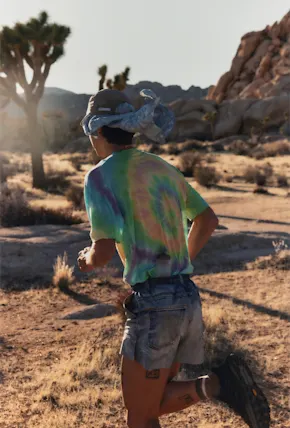As we stumbled into the East Rim Trailhead, my mind was nearly blank. We’d been running for over 13 hours, with short breaks just for food, water refills, and steep climbs. Our route took us from the northwest corner of Zion National Park to the southeast, along a series of trails known as the Zion Traverse. It was a day to remember, although not at all what we expected going into it.
The sun would soon set and most of the park rangers had already left for the day. I would have paid a gratuitous amount for a slice of pizza and beer delivered to that exact spot, but had no luck. Instead, I sipped Gatorade and munched on a few pretzels. Sufficient for the moment. Sitting on the ground, emotions flowed quickly. Proud, bewildered, and exhausted to a point that I was fumbling my speech, I took a moment to silently reflect on the day.


















